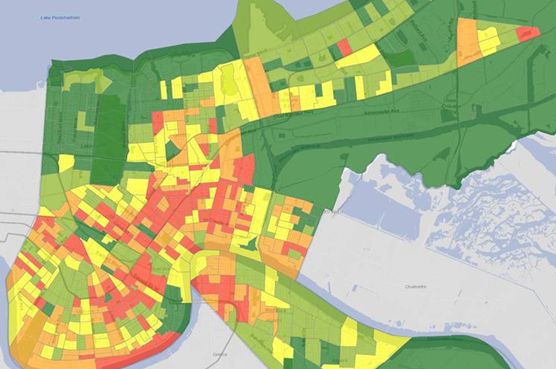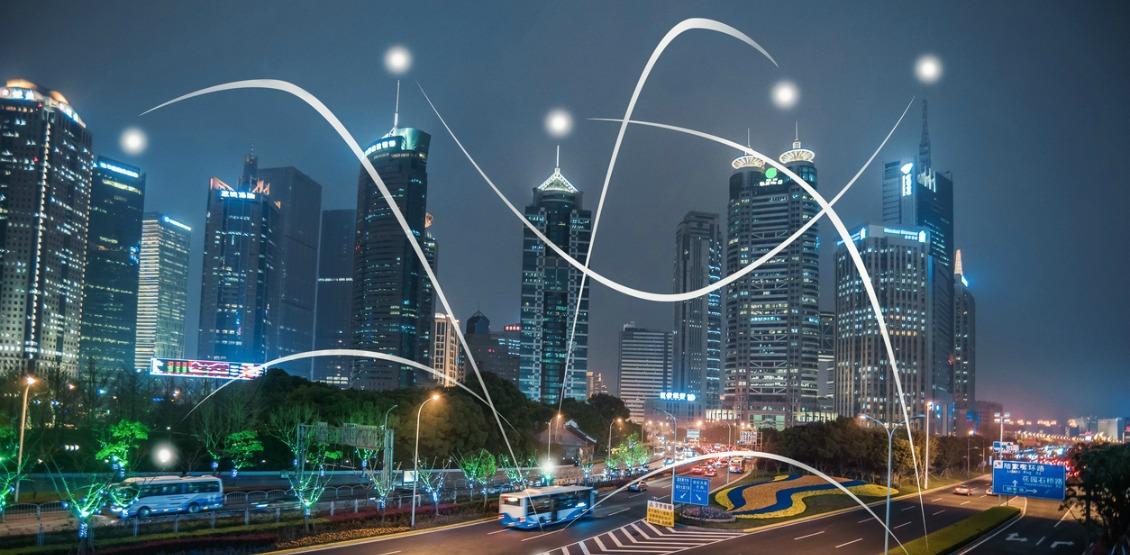With so much data being constantly collected, it’s easy to get lost in how all of it is applied in our real lives. Let’s take a quick look at a few examples starting with one that most of us encounter daily.
Online Forms
One of the most common and fairly simple to understand instances we come across on a daily basis is completing online forms. When we complete an online form, our contact record data points, like; name, email, phone and address, are being individually verified and corrected in real time to ensure each piece of data is genuine, accurate and up to date. Not only does this verification process help mitigate fraud for the companies but it also ensures that the submitted data is correct. The confidence in data accuracy allows for streamlined online purchases and efficient deliveries to us, the customers. Having our accurate information in the company’s data base also helps streamline customer service should there be a discrepancy with the purchase or we have follow up questions about the product. The company can easily pull up our information with any of the data points initially provided (name, email, phone, address and more) to start resolving the issue faster than ever (at least where companies are dedicated to good customer service).
For the most part we are all familiar with business scenarios like the one described above. Let’s shift to India & New Orleans for a couple new examples of how cities are applying data to improve the day-to-day lives of citizens.
Addressing the Unaddressed in India
According to the U.S. Census Bureau, India is the second most populated country in the world with 1,281,935,911 people. With such a large population there is a shortage of affordable housing in many developed cities, leading to about 37 million households residing in unofficial housing areas referred to as slums. Being “unofficial” housing areas means they are not mapped nor addressed leaving residents with very little in terms of identification. However, the Community Foundation of Ireland (a Dublin based non-profit organization) and the Hope Foundation recently began working together to provide each home for Kolkata’s Chetla slum their very first form of address consisting of a nine-digit unique ID. Beside overcoming obvious challenges like giving someone directions to their home and being able to finally receive mail, the implementation of addresses has given residents the ability to open bank accounts and access social benefits. Having addresses has also helped officials identify the needs in a slum, including healthcare and education.

Smoke Detectors in New Orleans
A recent article, The Rise of the Smart City, from The Wall Street Journal highlights how cities closer to home have started using data to bring about city wide enhancements. New Orleans, in particular, is ensuring that high risk properties are provided smoke detectors. Although the fire department has been distributing smoke detectors for years, residents were required to request them. To change this, the city’s Office of Performance and Accountability, used Census Bureau surveys and other data along with advanced machine-learning techniques to create a map for the fire department that better targets areas more susceptible to deaths caused by fire. With the application of big data, more homes are being supplied with smoke detectors increasing safety for entire neighbors and the city as a whole.
 FIRE RISK | By combining census with additional data points, New Orleans mapped the combined risk of missing smoke alarms and fire deaths, helping officials target distribution of smoke detectors. PHOTO: CITY OF NEW ORLEANS/OPA
FIRE RISK | By combining census with additional data points, New Orleans mapped the combined risk of missing smoke alarms and fire deaths, helping officials target distribution of smoke detectors. PHOTO: CITY OF NEW ORLEANS/OPA
While these are merely a few examples of how data is applied to our day to day lives around the world, I hope they helped make “Big Data” a bit more relatable. Let us know if we can answer any questions about how data solutions can be applied to help your company as well.





